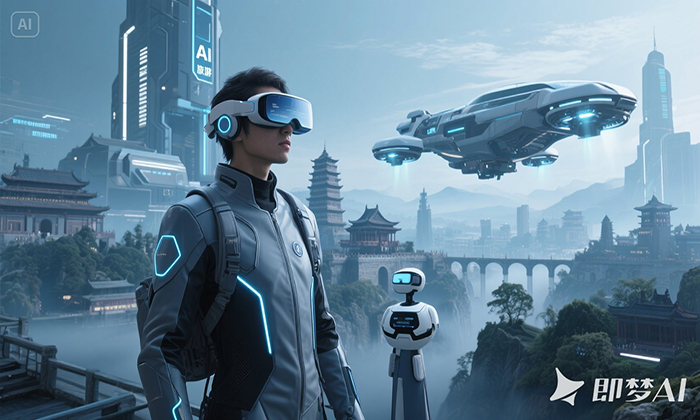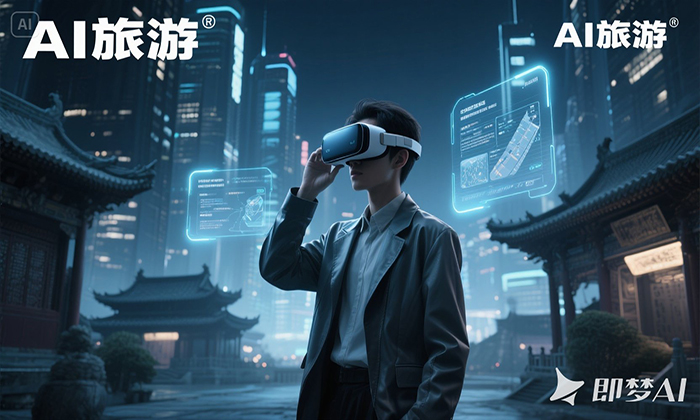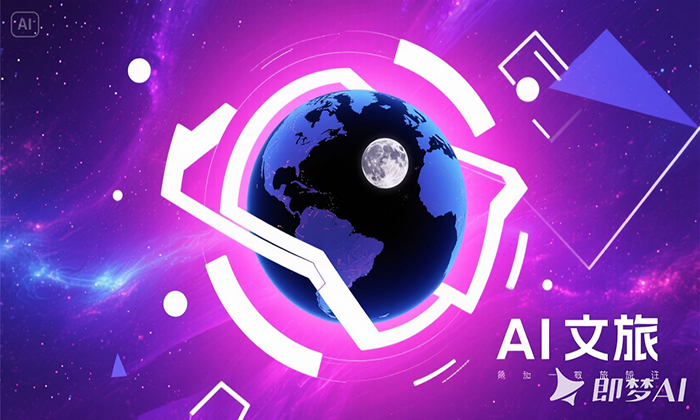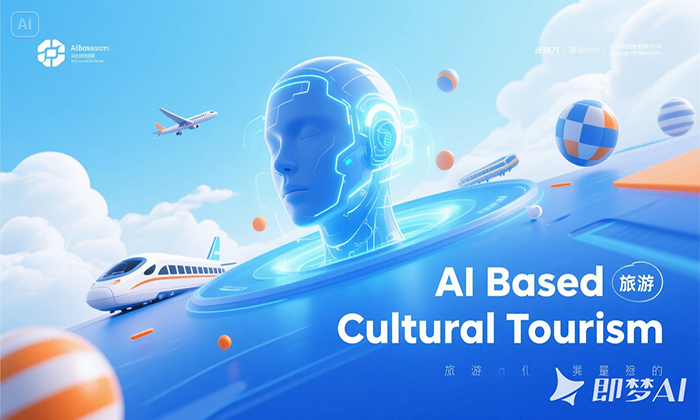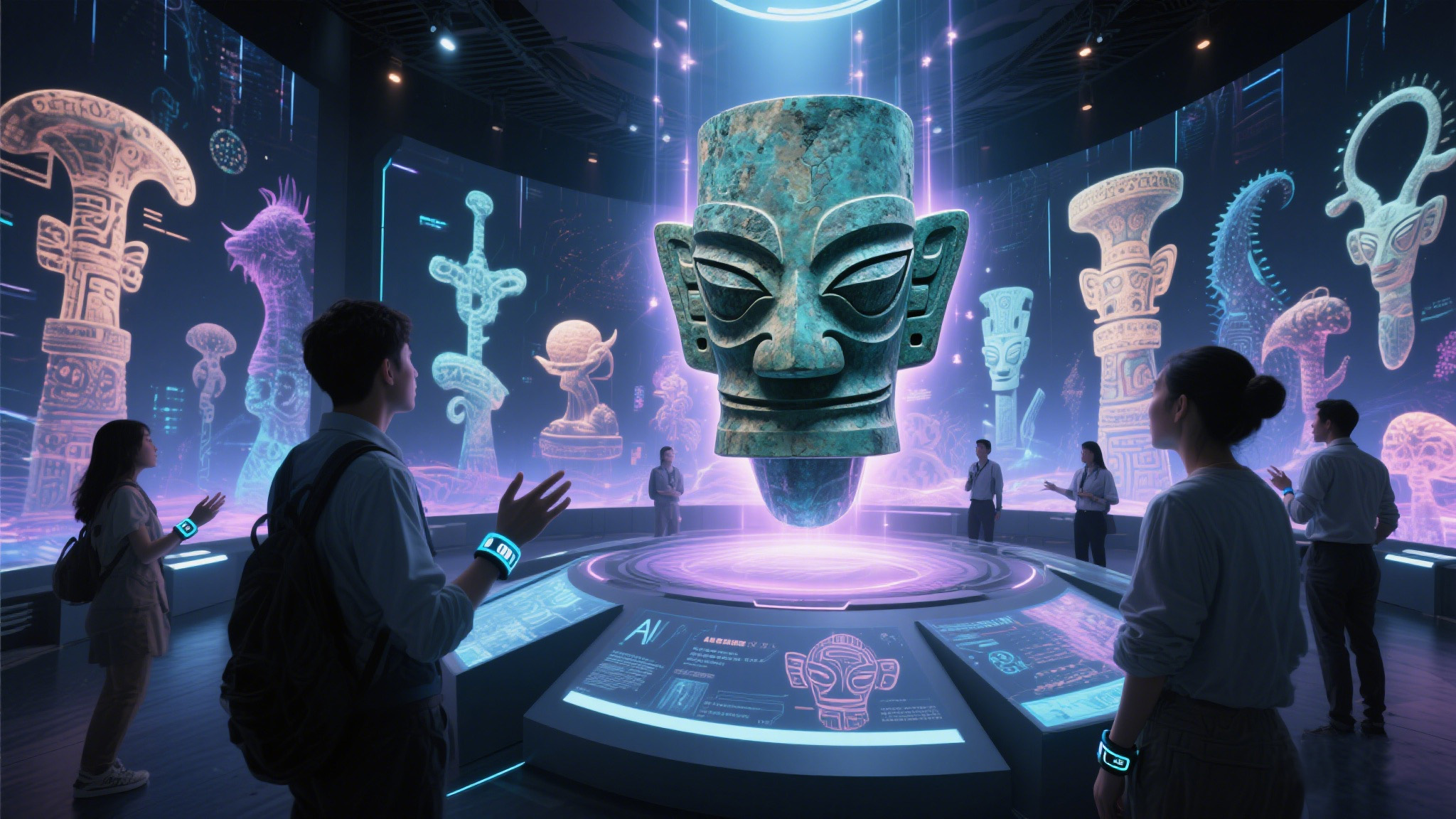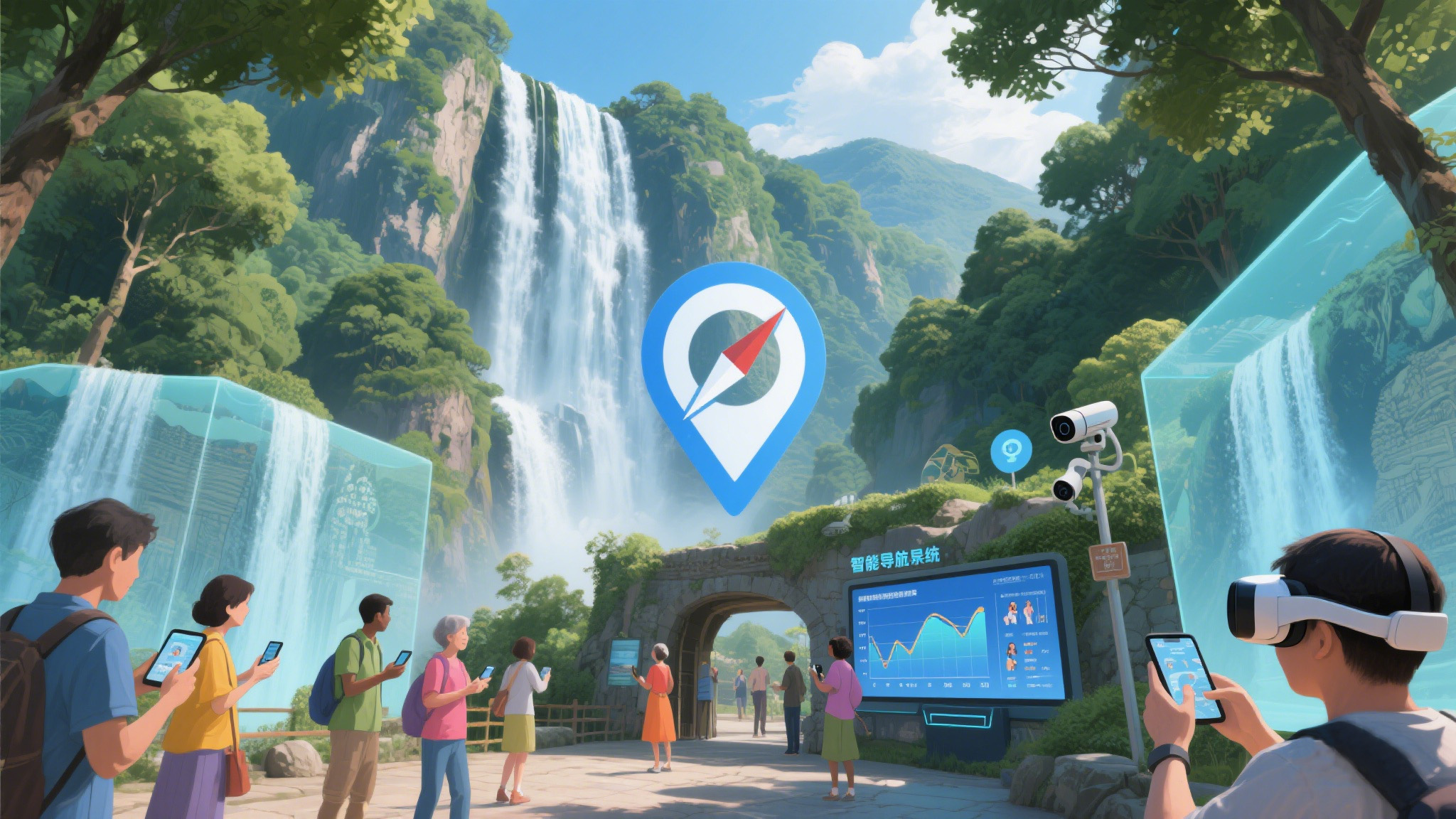Artificial Intelligence in Cultural Tourism: Enhancing Experiences Through Technology
赵开心不开心 2025-06-05
Cultural tourism has long been celebrated as a bridge between people and their shared heritage.
Artificial Intelligence in Cultural Tourism: Enhancing Experiences Through Technology
Cultural tourism has long been celebrated as a bridge between people and their shared heritage. In recent years, artificial intelligence (AI) has emerged as a transformative force in this domain, revolutionizing how travelers interact with cultural landmarks, traditions, and communities. By leveraging advanced algorithms, machine learning models, and data analytics, AI not only enhances visitor experiences but also ensures sustainable preservation of historical sites. Below, we delve into the applications, benefits, challenges, and future possibilities of AI in cultural tourism.The Role of AI in Cultural Tourism
AI is reshaping cultural tourism by offering innovative tools that cater to diverse traveler needs. From personalized recommendations to immersive virtual experiences, AI enables richer, more meaningful interactions between tourists and destinations. Let us explore some key areas where AI makes a significant impact:1. Personalized Itineraries
One of the most prominent uses of AI in cultural tourism is creating customized travel plans based on individual preferences. Machine learning algorithms analyze vast datasets, including user profiles, search histories, and behavioral patterns, to recommend attractions, accommodations, and activities tailored to each traveler's interests. For example, someone passionate about art might receive suggestions for renowned galleries or exhibitions, whereas another traveler could be directed toward local festivals or traditional crafts.2. Virtual Guides and Augmented Reality (AR)
Virtual guides powered by AI provide real-time assistance, narrating stories behind monuments, artworks, and natural wonders. When combined with AR technology, these guides overlay digital content onto physical environments, enabling users to visualize historical events or architectural designs as they once were. Imagine stepping into a museum and seeing ancient artifacts come alive through interactive displays—a feat made possible by AI-driven AR systems.3. Multilingual Support via Natural Language Processing (NLP)
Language barriers often hinder cross-cultural communication during travels. NLP-based chatbots and voice assistants break down these obstacles by translating queries and responses instantly. Whether it’s asking for directions, booking tickets, or understanding local customs, multilingual support ensures smooth interactions for international visitors.4. Predictive Analytics for Crowd Management
Predictive analytics plays a pivotal role in managing visitor flows at popular tourist spots. By analyzing historical data and identifying trends, AI models forecast peak hours and congestion points, allowing authorities to implement measures such as timed entry systems or alternative routes. This ensures safer, less crowded experiences for all.5. Sentiment Analysis for Continuous Improvement
Sentiment analysis tools monitor online reviews, social media posts, and feedback forms to gauge public sentiment about cultural sites. These insights empower organizations to identify strengths, weaknesses, and areas for improvement, fostering better service delivery and enhanced customer satisfaction.Challenges in Implementing AI in Cultural Tourism
Despite its numerous advantages, integrating AI into cultural tourism comes with certain challenges:- Data Privacy Concerns: Collecting and processing large volumes of personal data raises ethical questions about privacy and security. Organizations must adopt transparent policies and adhere to stringent regulations like GDPR.
- Cultural Sensitivity: Over-reliance on technology may risk undermining the authenticity of cultural experiences. Balancing innovation with respect for local traditions is essential to avoid alienating communities.
- Technical Barriers: Smaller institutions or underfunded projects may struggle to invest in expensive AI infrastructure or train staff adequately. Bridging this gap requires collaboration between governments, private entities, and tech developers.
Future Directions
The potential of AI in cultural tourism extends far beyond current applications. Emerging technologies such as generative AI, blockchain, and quantum computing promise even greater advancements. For instance:- Generative AI can create hyper-realistic simulations of lost civilizations or recreate historical events for educational purposes.
- Blockchain ensures secure documentation of cultural assets, preventing unauthorized exploitation or plagiarism.
- Quantum computing accelerates complex calculations required for optimizing logistics, reducing environmental footprints, and enhancing sustainability.
Conclusion
AI is not merely a tool but a partner in preserving and promoting cultural heritage globally. Its ability to personalize experiences, facilitate communication, and optimize operations aligns perfectly with the goals of cultural tourism. However, responsible deployment remains key to avoiding pitfalls like data misuse or cultural erosion. Together, we can harness the power of AI to craft unforgettable journeys for travelers while safeguarding our shared legacy.If you'd like me to elaborate on any specific aspect or include case studies, feel free to ask!Let me know if you’d also appreciate accompanying visuals or further details to complement this article.







